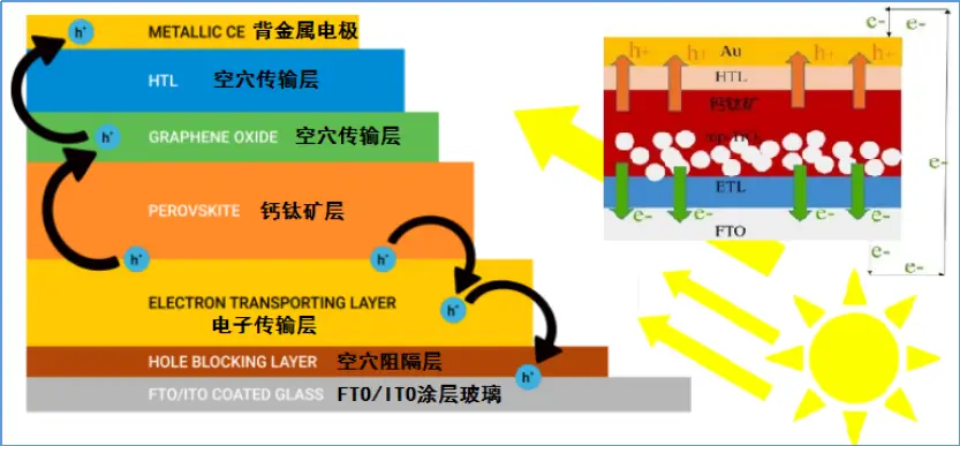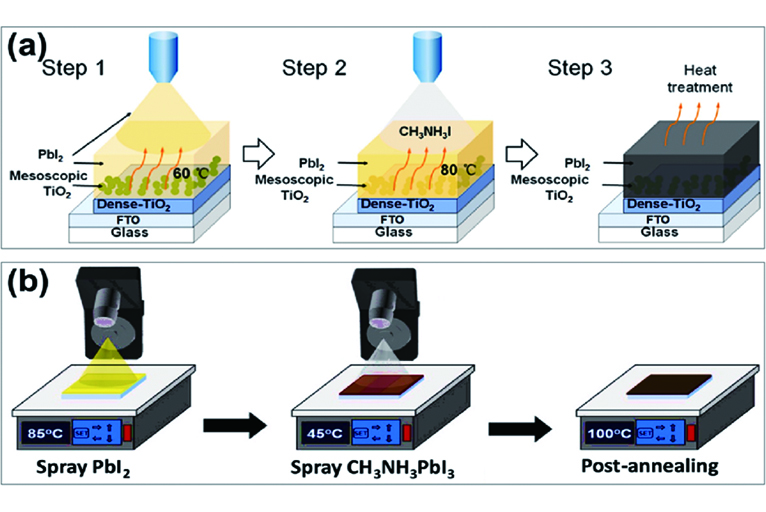google-site-verification: google0228a1feb97d321e.html
google-site-verification: google0228a1feb97d321e.html
google-site-verification: google0228a1feb97d321e.html
google-site-verification: google0228a1feb97d321e.html
google-site-verification: google0228a1feb97d321e.html
google-site-verification: google0228a1feb97d321e.html
Ultrasonic spraying improves the preparation of perovskite thin films
As the technology matures and costs decrease, ultrasonic spraying technology will be more widely used in the large-scale production of perovskite cells, promoting the development of the perovskite cell industry. In the future, ultrasonic spraying technology will continue to be optimized to further improve the efficiency and precision of perovskite film preparation, achieve thinner and more uniform coatings, and improve the photoelectric conversion efficiency and performance of cells. In combination with advanced materials science, nanotechnology, etc., new perovskite materials and composite structures will be developed and integrated with ultrasonic spraying technology, such as the preparation of nanostructured perovskite films, multilayer composite films, etc., to meet the requirements of perovskite cell performance in different application scenarios.

Ultrasonic spraying uses high-frequency vibration to refine the slurry and spray it evenly on the substrate, accurately controlling the coating thickness and uniformity, ensuring the photovoltaic performance of the battery, and can also achieve multi-layer coating to improve the photoelectric conversion efficiency. Compared with traditional methods such as blade coating and spin coating, it can complete large-area coating preparation in a short time, improve production efficiency, reduce manufacturing costs, and is suitable for large-scale production.
It can achieve high-precision and uniform coating on flexible substrates, providing an effective solution for the manufacture of flexible perovskite batteries and meeting the needs of future flexible electronic devices. No large amount of organic solvents are required, which reduces environmental pollution. The non-contact coating method avoids substrate damage and pollution and improves production safety. It can handle various types of perovskite materials and precursor solutions, including high-viscosity and high-solid content materials. It can also decompose agglomerated particles in the suspension to make the material evenly dispersed, which is conducive to improving the quality of the film.

Performance improvement: Traditional processes have shortcomings in large area, uniformity and thickness control, which leads to limited battery performance, while ultrasonic spraying technology can solve these problems and improve the photoelectric conversion efficiency, stability and reliability of batteries.
Cost reduction: Traditional processes have low production efficiency, large material waste and high equipment costs, while ultrasonic spraying technology can improve production efficiency, reduce material waste, and reduce equipment investment and production costs.
Process simplification: Traditional processes have complex steps and high requirements for operators. Ultrasonic spraying technology is easy to operate and easy to control, which can reduce dependence on operators and improve production consistency and stability.
Environmental protection: Traditional processes use a large amount of organic solvents, which are harmful to the environment and human health. Ultrasonic spraying technology does not require or only requires a small amount of organic solvents, which is more environmentally friendly and safe.